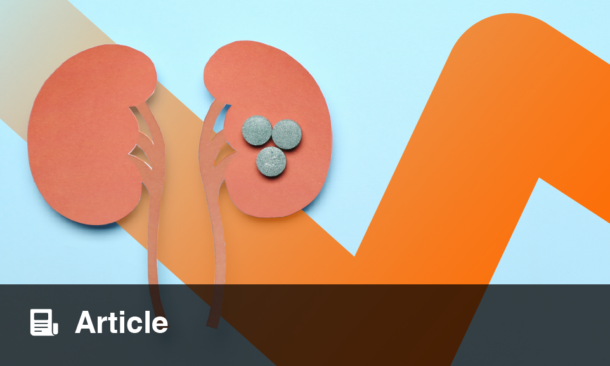Abstract
Benign prostatic hyperplasia (BPH) is common in men aged >60 years, affecting urinary and bladder function. Due to the progressive nature of the disease, many men initially treated with conservative therapies require surgical intervention for symptom relief. Less invasive techniques, such as transurethral microwave therapy, needle ablation, transurethral resection of the prostate (TURP), and laser treatment, have been developed with TURP being the standard of care for BPH in Europe in prostates <80 mL (volume).
For an increasingly ageing male population often receiving anticoagulants for cardiovascular comorbidities, TURP may not be suitable due to high risk of bleeding, requirement for bladder washouts, and blood transfusions. Owing to these requirements and potential complications associated with surgery, TURP is performed as inpatient surgery requiring a 2 to 4-day hospital stay.
In the GOLIATH study, the 180 W GreenLight XPS™ laser system demonstrated comparable efficacy with TURP at 6 and 12 months, while maintaining low rates of adverse events, retreatments, or postoperative interventions in low-risk patients. Recovery parameters significantly favoured GreenLight XPS over TURP, thus greatly supporting GreenLight XPS use for BPH treatment during short-term stay.
There is a requirement for healthcare services to minimise costs. Estimated on a day-case basis, GreenLight XPS was significantly more cost-effective than TURP with a 25% reduction in procedural cost, lower indirect costs, and lower financial burden based on efficacy and adverse-event outcomes. Therefore, GreenLight XPS represents an appropriate treatment option for day-case surgery and a treatment that can be tailored to individual patient needs.
Please click here to view the following video:
GreenLight XPS™ Laser Therapy System: A True Day Case Procedure
Please view the full content in the PDF above.








